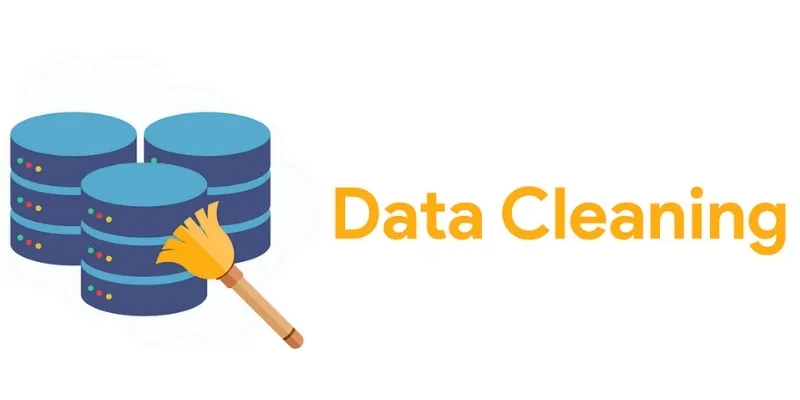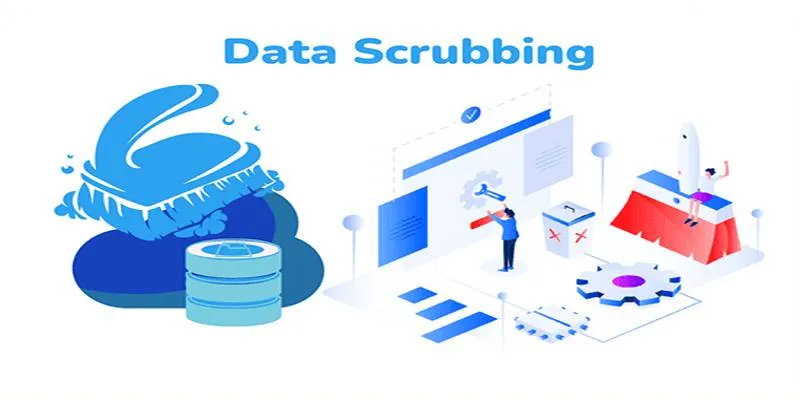Python isn’t flashy. It’s not the kind of language that developers brag about for its difficulty or steep learning curve. But that’s exactly what makes it so widely loved. It’s simple, readable, and flexible. You can use it for a few lines of code to automate boring stuff or build full-scale apps.
Whether you’re just starting or you’ve been in the game for a while, Python probably has something useful for you. This list goes through ten practical ways people use Python today, with real-world examples to give you a clear picture of what’s possible.
Top 10 Practical Uses of Python with Real-World Examples
Web Development
Python is a favorite for building websites—not because it’s the flashiest, but because it makes life easier. Its clear structure and extensive libraries let you focus more on what your site should do and less on the technical clutter.
Example:
Frameworks like Flask and Django handle much of the behind-the-scenes work for you. Imagine setting up a simple blog. With Flask, you can define pages like /home or /about, plug in templates, and connect it to a database—without writing a novel in code.
from flask import Flask
app = Flask(__name__)
@app.route('/')
def home():
return "Hello, world!"
That’s your website, live in seconds. Clean, quick, and painless.
Data Analysis and Visualization

Python is heavily used in data jobs. It can read large datasets, clean them up, crunch numbers, and help you visualize the results clearly.
Example:
Let’s say you have sales data in a CSV file. You can use pandas to load the data and matplotlib or seaborn to create graphs.
import pandas as pd
import matplotlib.pyplot as plt
df = pd.read_csv("sales.csv")
df['Revenue'].plot(kind='bar')
plt.show()
Analysts use tools like these to find patterns, spot problems, and guide decisions.
Machine Learning and AI
Python leads the way in machine learning. Libraries like scikit-learn, TensorFlow, and PyTorch let you build models that can predict, recognize, or classify just about anything.
Example:
A common beginner project is predicting housing prices based on features like size, location, and number of rooms.
from sklearn.linear_model import LinearRegression
model = LinearRegression()
# Assuming X = features, y = prices
model.fit(X, y)
prediction = model.predict([[2000, 3]]) # Predict price for 2000 sqft, 3-bed
This is how basic predictive models are built using real-world data.
Automation and Scripting
Python is often used to automate repetitive tasks, such as downloading files, renaming thousands of photos, sending emails, or filling out forms.
Example:
Let’s say you need to rename a bunch of image files in a folder.
import os
for i, filename in enumerate(os.listdir("images")):
new_name = f"image_{i}.jpg"
os.rename(f"images/{filename}", f"images/{new_name}")
Simple scripts like this save time when you’re doing tedious work.
Game Development
Python isn’t the go-to for AAA games, but it’s great for prototypes and 2D games. It’s often used in classrooms and hobby projects.
Example:
Pygame is a popular library for creating simple games. You can move objects, detect keypresses, and create a basic game loop.
import pygame
pygame.init()
screen = pygame.display.set_mode((640, 480))
running = True
while running:
for event in pygame.event.get():
if event.type == pygame.QUIT:
running = False
You can build anything from Snake to simple platformers with it.
Desktop Applications
Python can also be used to build software with graphical interfaces. Think calculators, to-do lists, or image editors.
Example:
With Tkinter, you can build a simple to-do app that takes input, stores tasks, and displays them.
from tkinter import *
window = Tk()
window.title("To-Do List")
entry = Entry(window)
entry.pack()
def add_task():
task = entry.get()
listbox.insert(END, task)
listbox = Listbox(window)
listbox.pack()
Button(window, text="Add Task", command=add_task).pack()
window.mainloop()
Small tools like these are perfect for learning or solving your daily problems.
Cybersecurity and Ethical Hacking
Python is widely used in security. It’s good for writing scripts that test networks, scan ports, or analyze traffic.
Example:
Using scapy, you can send and sniff packets to explore how devices talk over the network.
from scapy.all import *
packet = IP(dst="192.168.1.1")/ICMP()
response = sr1(packet)
response.show()
Python’s versatility and readability make it a top choice for security professionals.
Internet of Things (IoT)

Python runs on Raspberry Pi and similar boards, which lets you control sensors, LEDs, motors, and other hardware.
Example:
You could create a weather station that reads data from a sensor and displays it.
import Adafruit_DHT
sensor = Adafruit_DHT.DHT11
pin = 4
humidity, temperature = Adafruit_DHT.read(sensor, pin)
print(f"Temp: {temperature} C Humidity: {humidity}%")
Python helps bridge the software-hardware gap in simple terms.
APIs and Web Scraping
Python can send requests, scrape web pages, and work with APIs to gather data from websites.
Example:
Let’s say you want to grab news headlines from a website.
import requests
from bs4 import BeautifulSoup
response = requests.get("https:/news.ycombinator.com/")
soup = BeautifulSoup(response.text, 'html.parser')
for item in soup.find_all("a", class_="storylink"):
print(item.text)
This is how you can automate the gathering of online data.
Education and Research
Python is everywhere in schools, universities, and research labs. It’s clear and beginner-friendly, which makes it ideal for teaching coding or doing quick experiments.
Example:
In science labs, researchers often use NumPy or SciPy to do calculations and test formulas.
import numpy as np
a = np.array([1, 2, 3])
b = np.array([4, 5, 6])
print(a + b)
It’s used in physics simulations, biology research, finance modeling — anything where math meets code.
Conclusion
Python’s strength isn’t just in what it can do — it’s in how easily it lets you do it. Whether you want to build a web app, process data, write a quick script to save yourself a few hours, or build something physical with hardware, Python has the tools. It’s a language that doesn’t get in your way. That’s why so many people — from kids learning to code to engineers building complex systems — keep choosing it. You don’t need to be an expert to use it. Just start with a problem you want to solve, and let Python help you figure it out.
 zfn9
zfn9























